Japan has experienced a remarkably strong post-COVID recovery, welcoming over 35 million tourists last year, with projections of 37 million for this year. It has been recognized by the World Economic Forum as one of the world’s top travel destinations and is among the fastest-growing inbound tourism markets in Asia. In your view, what makes Japan such a prime destination for travelers today?
There are several reasons why Japan has become a top tourist destination. First is its rich cultural heritage, which draws interest from travelers around the world who want to experience it firsthand. Japan offers a unique blend of tradition and modernity, and visitors can enjoy both aspects during their stay. Kyoto, for example, is perhaps the best place to immerse oneself in the country’s historic charm. On the other hand, if you’re looking for cutting-edge technology, contemporary fashion, or pop culture like manga, Tokyo provides a vibrant contrast.
A second reason is Japan’s stunning natural landscapes and seasonal beauty. The country is known for its four distinct seasons, each offering something special. In spring, cherry blossoms bloom across Japan. Summer brings traditional festivals—known as matsuri. Autumn showcases vibrant foliage, and winter transforms parts of the country into snow-covered retreats with excellent ski resorts. Each season provides a fresh perspective and new experiences, encouraging visitors to return and explore more.
Third is Japan’s reputation for hospitality, safety, and cleanliness. The precision of services—particularly the punctuality of trains—is something that leaves a lasting impression. In addition, the quality, coverage, and convenience of Japan’s transportation network, paired with its strong tourism infrastructure, make travel throughout the country seamless. These factors are also contributing to regional revitalization, as more tourists venture beyond the major cities to discover lesser-known areas.
Fourth is the quality, variety, and safety of Japanese cuisine. From luxury dining experiences like sushi and sashimi to everyday comfort foods like ramen and the offerings at izakayas, visitors can find exceptional meals in every corner of the country—regardless of budget or preference. Lastly, Japan’s visa-exemption policy for many countries makes it very easy for tourists to enter and explore.
All of these factors contribute to Japan’s high rate of repeat visitors. Once people experience the country, they often feel there is so much more to discover, prompting them to return again and again.

Agora Kyoto Karasuma
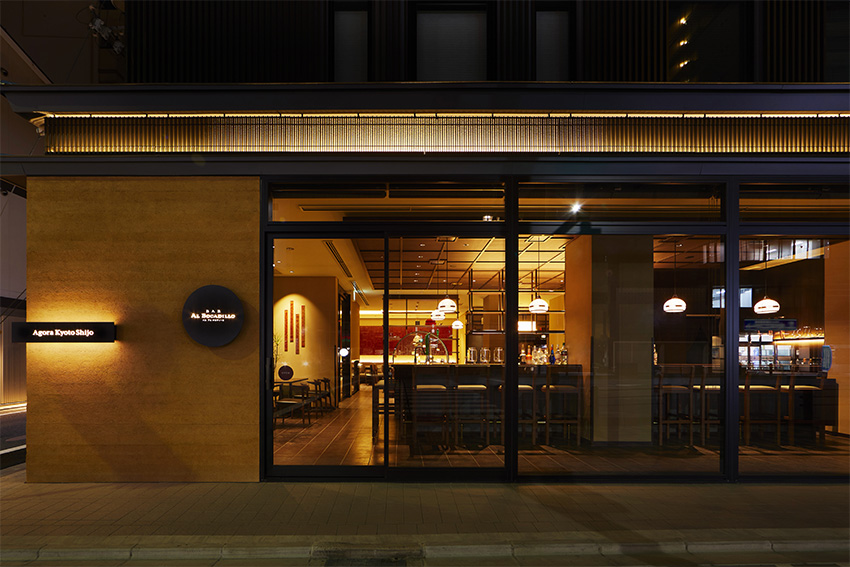
Agora Kyoto Shijo
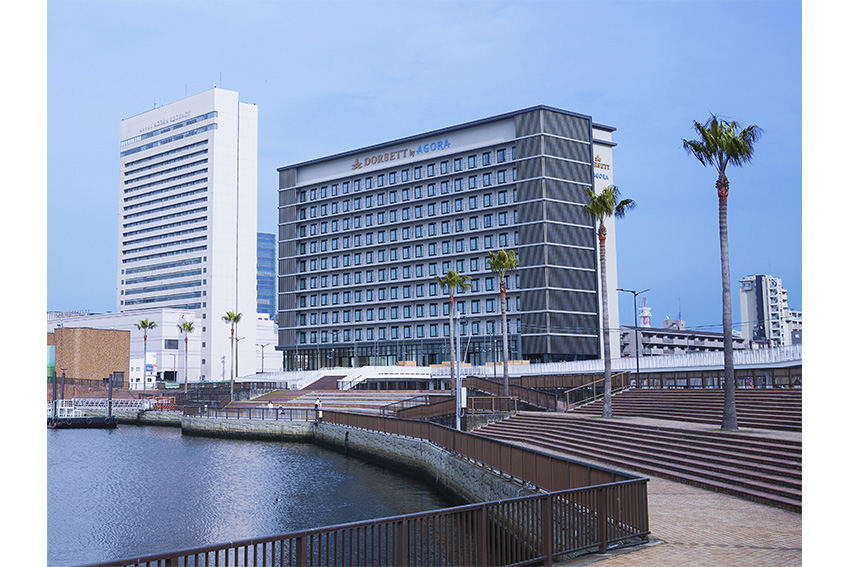
Dorsett by Agora Osaka Sakai
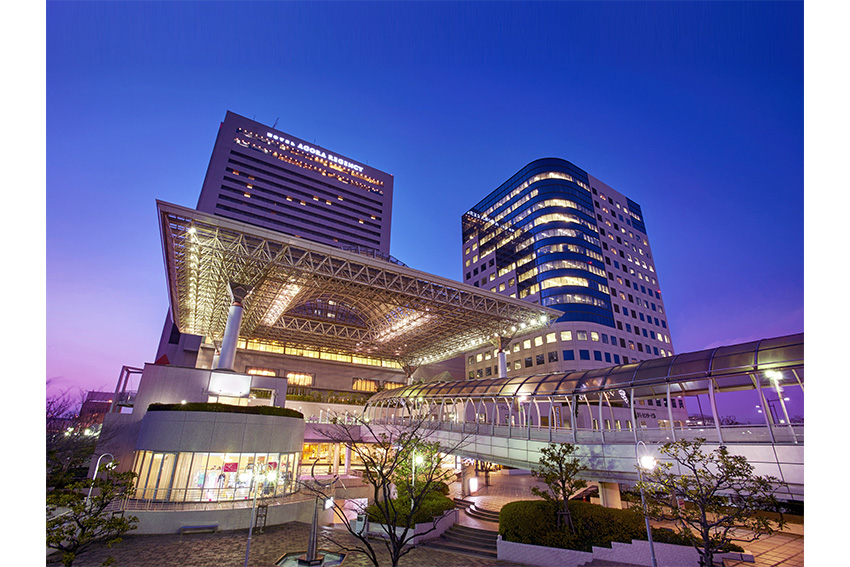
Hotel Agora Regency Osaka Sakai
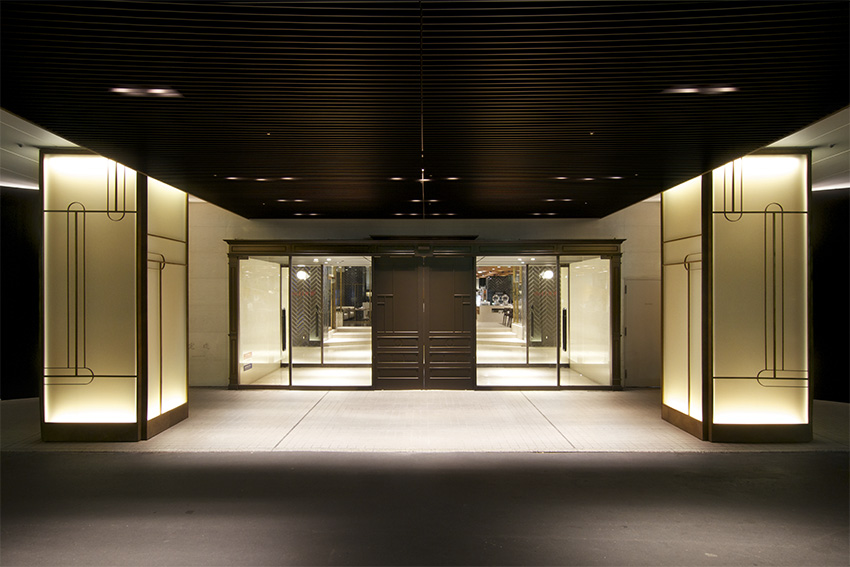
Hotel Agora Osaka Moriguchi
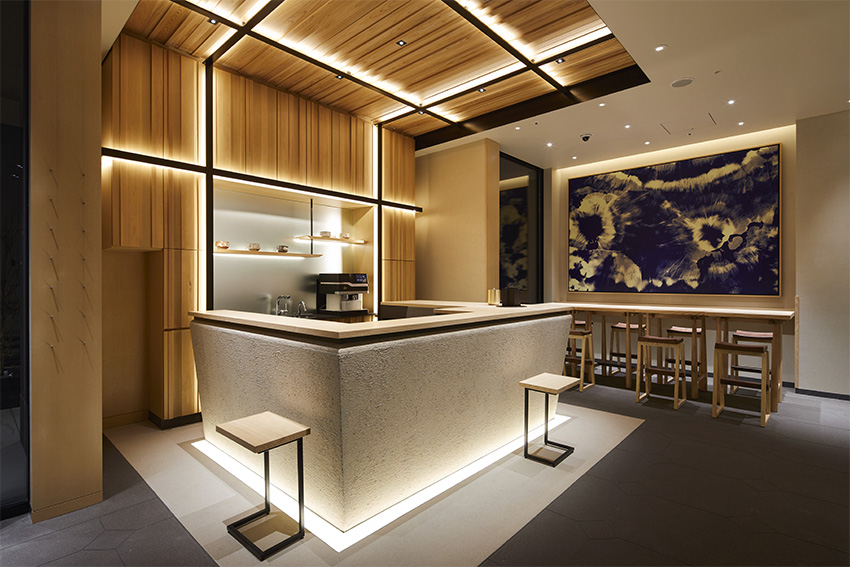
Agora Tokyo Ginza

Agora Place Tokyo Asakusa
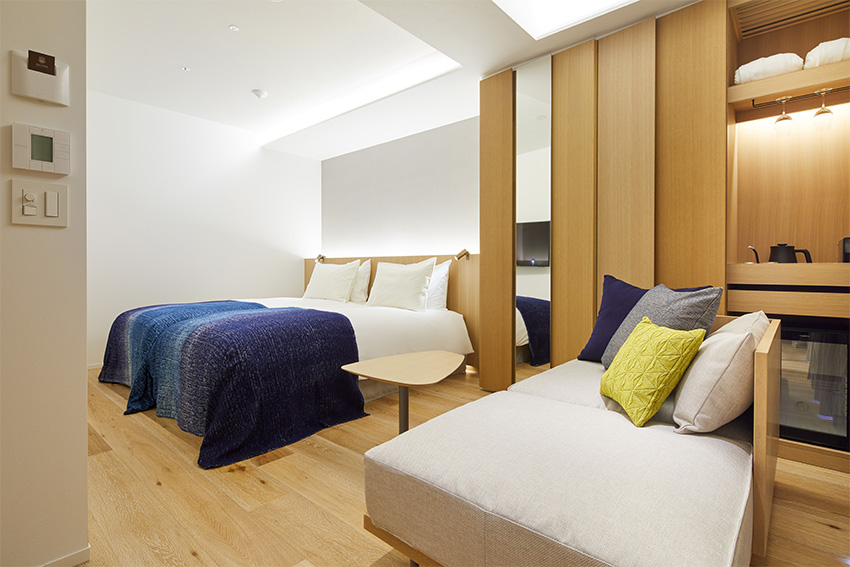
TSUKI Tokyo
Previous Next
You mentioned regional revitalization, which is particularly timely. The Japanese government has set a target of welcoming 60 million tourists by 2030 and is encouraging more visitors to explore beyond the so-called “Golden Route” of Tokyo, Kyoto, and Osaka. How is Agora Hospitalities supporting access to regional areas in Japan? And how are you helping to mitigate the risks of overtourism?
Hospitality companies today are increasingly focused on promoting lesser-known regions in order to achieve a more balanced flow of visitors and to support regional economies. It’s human nature to want to explore and discover new places, and many travelers are now venturing beyond the traditional Golden Route. Japan has 47 prefectures, each offering unique attractions for both domestic and international tourists. Personally, I enjoy planning trips around the country to see new places.
A great example is the Setouchi Triennale, a contemporary art festival held every three years across the islands of the Seto Inland Sea near Hiroshima. Events like these highlight the diversity and richness of experiences available beyond the major urban centers.
One example from our own portfolio is the Dorsett by Agora Osaka Sakai hotel, which was developed in close cooperation with the city of Sakai. We worked together on the project from the early stages, including choosing a location near the seaport that offers easy access for visitors. It’s especially well-situated given the upcoming Osaka Expo. This is just one case where we’ve selected a location based on accessibility, strategic planning, and a collaborative relationship with the local community.
One potential downside of the surge in tourism is the strain on hotel capacity and staffing—especially as Japan faces one of the most significant demographic challenges in the world, leading to a serious labor shortage. How is Agora Hospitalities navigating these workforce challenges? And what strategies are you using to attract and retain talent within your organization?
We are definitely feeling the impact of Japan’s labor shortage—not just within the hospitality sector, but across all industries. It presents a fundamental challenge for our company, as we require a steady and reliable flow of personnel to maintain operations.
This year, we have succeeded in hiring 39 fresh graduates, and approximately 10% of those are foreigners. Many of them are international students who initially came to Japan for their studies and now wish to stay and build a career here. In addition to direct hiring, we also outsource certain services. For instance, we partner with external providers for cleaning operations, which helps us manage workforce limitations more efficiently.
Omotenashi—the Japanese concept of wholehearted hospitality—gained global attention during the Olympics and remains a defining characteristic of the country’s hotel industry. We’ve spoken to various hospitality leaders who are adapting this spirit in different ways to better serve foreign inbound tourists. For example, Mimaru has embraced a relaxed, rule-free service model to make staff more approachable, while Susanna Wong in Iwate discussed the importance of adjusting policies around tattoos and designated hours for foreign guests at onsen public baths. Under your leadership, how are you guiding your team to adapt the spirit of omotenashi in ways that make foreign guests feel more welcome and accommodated during their stay in Japan?
One of the first concerns for many people considering a trip to Japan is the language barrier. From the moment a guest begins planning their visit, we aim to provide services in their native language to ensure a smoother, more comfortable experience.
As a company backed by foreign investment, we operate a bit differently from some traditional Japanese hospitality firms. I believe this distinction gives international travelers a greater sense of certainty and comfort—they know what kind of service they can expect when staying with us.
Of course, our staff play a crucial role in delivering that experience. In addition to offering multilingual support, we provide brochures and pamphlets tailored to our guests’ needs. For example, at our Dorsett by Agora Osaka Sakai hotel, there’s a nearby dolphin show where visitors can not only watch the performance but also swim with the dolphins—a truly once-in-a-lifetime experience. We explain these opportunities to our guests and assist with everything from translation to purchasing tickets.
We don’t see ourselves as simply offering accommodation—we strive to deliver added-value travel experiences. Each of our properties is designed to offer unique, localized “addons.” For instance, our team has been taking care of our guests and introduce fun places and activities nearby when enquired. Our goal is always to curate memorable, enriching experiences for guests during their time in Japan.
Given the importance of these added experiences to your overall strategy, are you looking to expand such offerings across all of your hotels?
Absolutely. The experiential aspect of travel is incredibly important to us—we want our guests to return home with meaningful and lasting memories.
For instance, at our TSUKI Hotel, we offer a hinoki bath—a traditional Japanese wooden bathtub made from hinoki cypress, which offers guests a uniquely authentic experience. In some of our properties, we also offer Japanese sake tastings to give guests a deeper appreciation of local culture.
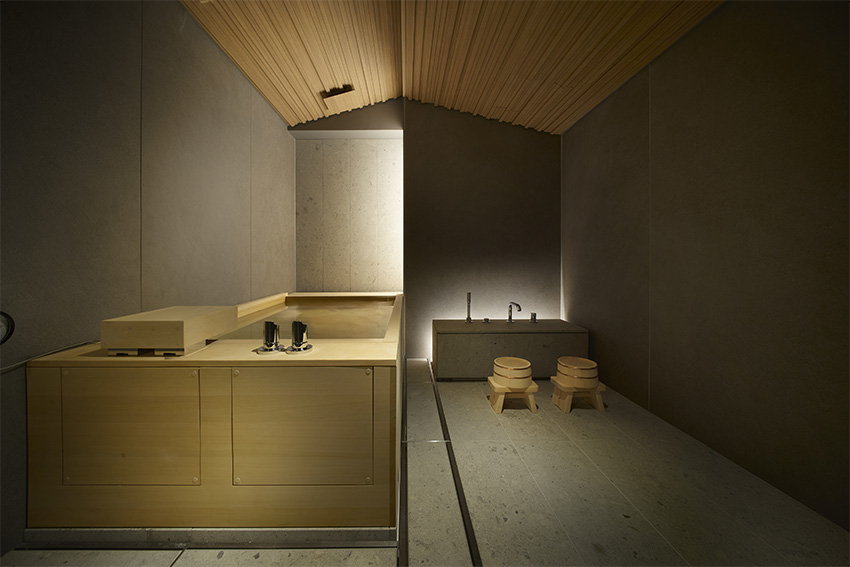
TSUKI Tokyo Private Bath (Hinoki Cypress Tub)
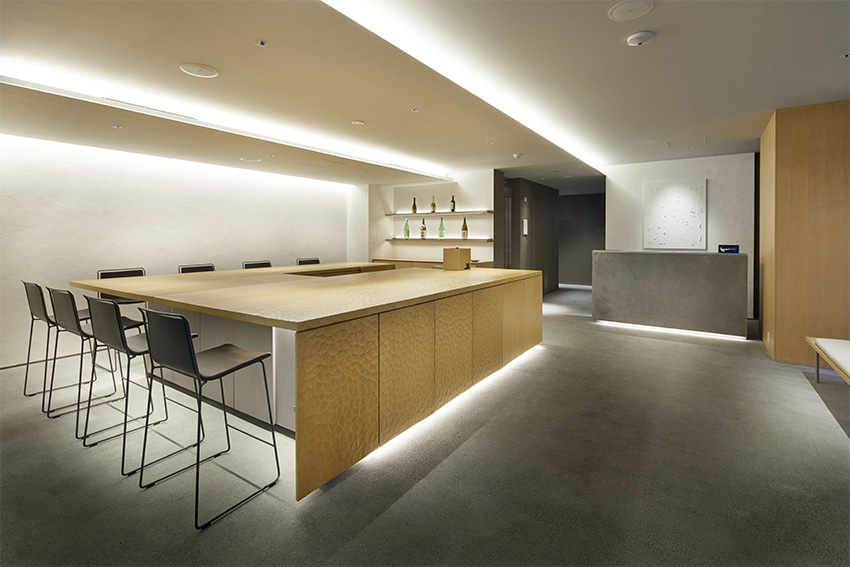
TSUKI Tokyo Sake Bar
Previous Next
At Hotel Agora Regency Osaka Sakai, we serve our signature Agora Japanese curry, a specialty that many of our guests look forward to. These kinds of touches help us create a richer, more immersive stay, and we’re continuing to expand these types of experiences across all our hotels.
I’m curious about your business model. As an alliance, it seems you provide a degree of independence to the hotel operators within your group. That approach likely brings both advantages and potential challenges. In your view, what are the key strengths of this model? And for potential new partners considering joining your alliance, what benefits would they gain by aligning with your group?
We have extensive experience operating hotels in Japan, which means we understand the business, the culture, and the local market dynamics. That depth of knowledge is a major advantage for anyone looking to join our alliance and strengthen their presence in Japan.
A good example of how this works in practice is our collaboration with Garner, a hotel brand that we now operate in Japan. Another case is Dorsett by Agora Osaka Sakai. Dorsett is an international hotel brand with a presence in Australia, the UK, Europe, and across Asia. While it’s not originally our brand, we manage that property in close partnership with them.
At the same time, we also bring firsthand experience from developing our own properties. For instance, in Ginza, we demolished an old building and constructed a new hotel from the ground up. These experiences reflect both our flexibility and our capabilities—whether working with global partners or developing properties independently.
Facility management is another key advantage we offer. We’re able to work effectively with both domestic Japanese companies and foreign investors, bridging the gap between local operations and international expectations.
Overall, we bring a diverse range of experience and skills to the table, and that’s a significant benefit for any partner considering joining our alliance. This diversity allows us to adapt to various needs and add real value across different types of collaborations.
The Osaka Expo is currently underway, and as you’ve mentioned, you have properties in the city. You’ve already introduced initiatives like an extended stay plan to take advantage of the event. Do you have additional plans to leverage the Expo? And how do you see it benefiting your company in both the short and long term?
It’s still a bit early to fully assess the pros and cons of Expo 2025, as it has only just begun. However, we’re already well-positioned to take advantage of the opportunity with two major hotels in the area. Hotel Agora Regency Osaka Sakai offers 241 rooms, and Dorsett by Agora Osaka Sakai has 321 rooms—together, they represent the largest room capacity in the Sakai area.
That said, we’re not just focused on providing accommodation. We also provide the venue for hosting special events, such as banquet halls for parties and celebrations. For instance, Hotel Agora Regency Osaka Sakai can accommodate up to 800 guests with full food catering, making it an ideal venue for large-scale gatherings during the Expo. It’s still early days, but so far, things are looking promising.
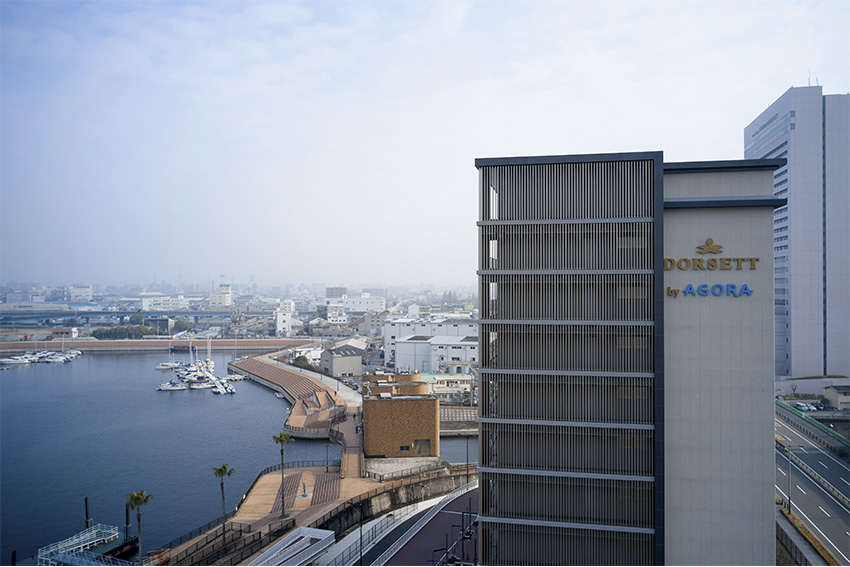
Dorsett by Agora Osaka Sakai
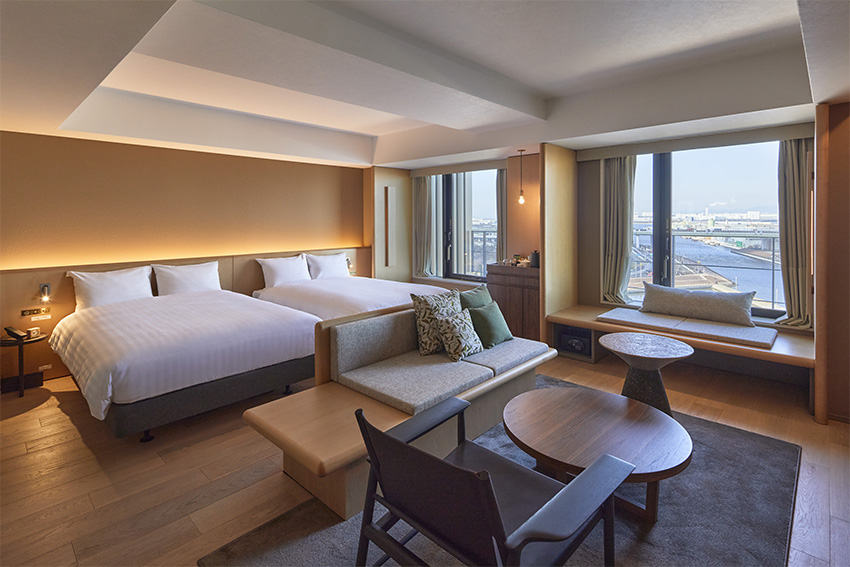
Dorsett by Agora Osaka Sakai: Waterfornt Premier Suite
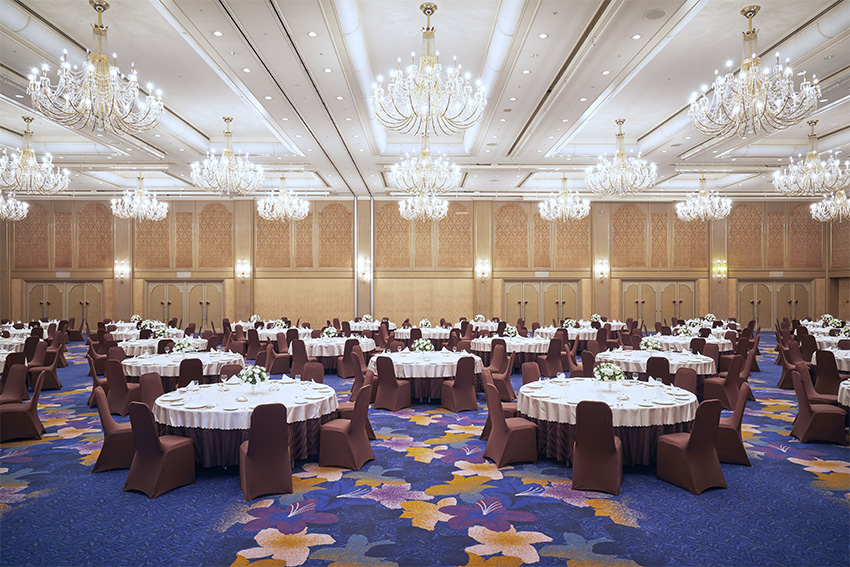
Hotel Agora Regency Osaka Sakai: Prestigious Banquet Hall in Osaka, used for G7
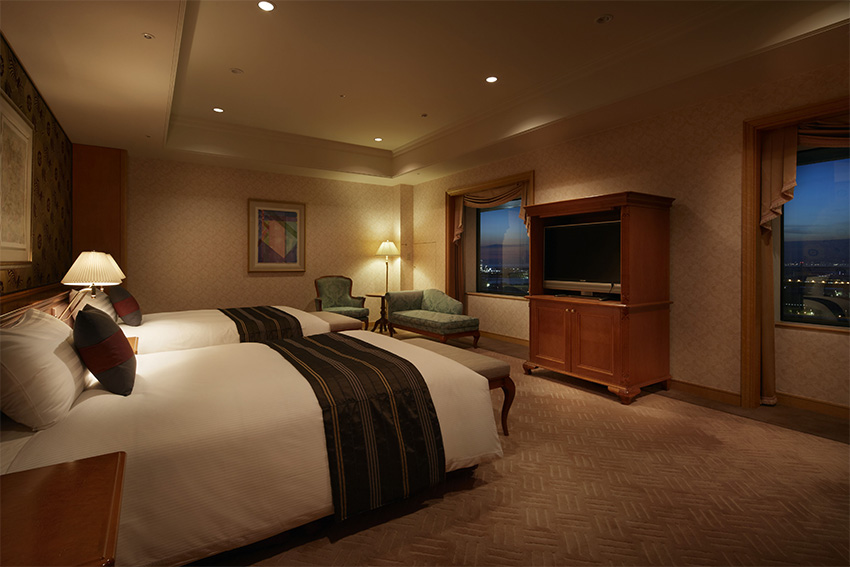
Hotel Agora Regency Osaka Sakai: Royal Suite
Previous Next
The numbers are certainly moving in our favor, with Japan aiming to welcome 60 million tourists by 2030 – we’re well on our way.
Of course, it’s still too early to draw any definitive conclusions, but our ambitions are strong. Whether or not we reach that exact number, we are committed to doing everything we can to get close. We already have properties in Tokyo and Osaka, and we’re actively exploring which areas might be the next promising locations for acquisition or new development.
You mentioned that your property in Sakai can host up to 800 people, making it well-suited for meetings, incentives, conventions, and exhibitions (MICE) events. When it comes to the types of guests you serve—ranging from holidaymakers, couples, and families to long-term stay guests and MICE participants—are there specific segments or areas of travel that you’re particularly focused on catering to?
In Sakai, we’re primarily targeting business travelers, as the area is well known for its manufacturing base and is home to many factories—including the Shimano headquarters. Given the large event space at Hotel Agora Regency Osaka Sakai, we’re also well-positioned to attract MICE-related guests. For instance, the hotel previously hosted a G7 meeting, which speaks to our capability in that space.
Additionally, at our Hotel Agora Osaka Moriguchi, there are several universities in the area, so we also see demand from students and academic-related travel. Sports events are another strong source of business, as they frequently bring guests to our properties. Altogether, these different segments allow us to cater to a wide variety of travelers while maximizing the use of our facilities.
Looking at your recent financial performance, you achieved a 15% increase in sales last year, along with a significant turnaround—from a loss of JPY 150 million to a profit exceeding JPY 100 million. What were the key drivers behind this recovery, and how do you plan to leverage that momentum to fuel continued growth?
One of the main reasons behind our turnaround was the surge in inbound tourism. In addition, we’ve been able to maintain a high ranking within Japan’s travel industry thanks to the quality of service we provide—something we’ve already touched on—which has helped generate strong repeat business.
We also have well-established relationships with many online travel agencies and booking platforms, which has been a valuable asset. While our pricing isn’t positioned in the luxury segment, we strive to offer a luxury-style experience and level of hospitality, which has also contributed to increased sales.
Lastly, location plays a crucial role. Our hotels are situated in highly strategic areas, and as a hotel management company, we always consider location the top priority.
Your portfolio extends beyond Japan—you’re also active in real estate development in Australia and cemetery management in Malaysia. What led you to invest in these particular markets, and are you considering expanding into other countries as well?
The decision was a strategic one made in collaboration with our partner in Hong Kong. While we contributed to the investment, the majority came from our partner’s side. The choice to target Malaysia and Australia was a mutual decision based on shared objectives.
Let’s imagine we return for another interview on your final day as president of the company. What goals or personal ambitions would you like to have accomplished by that time?
First and foremost, I’d like to achieve all the goals outlined in our midterm strategy plan. we are still keen to expand our footprint in Japan in order to capitalize on the anticipated growth in inbound tourism. With a bigger portfolio and the collective team’s effort we are confident to achieve higher profit margins.
For more information, please visit their website at: https://www.agora.jp/en/about/

AloJapan.com